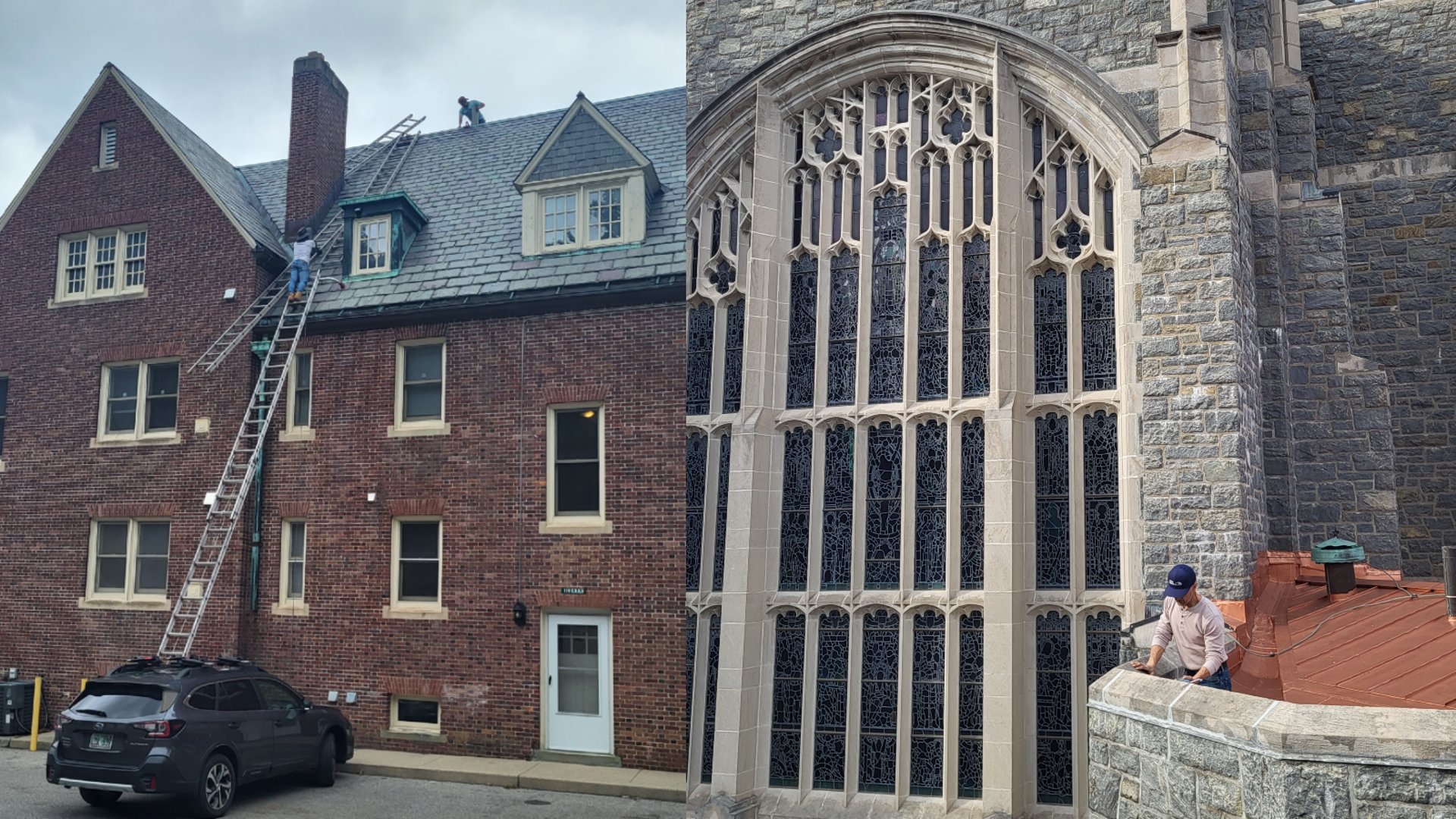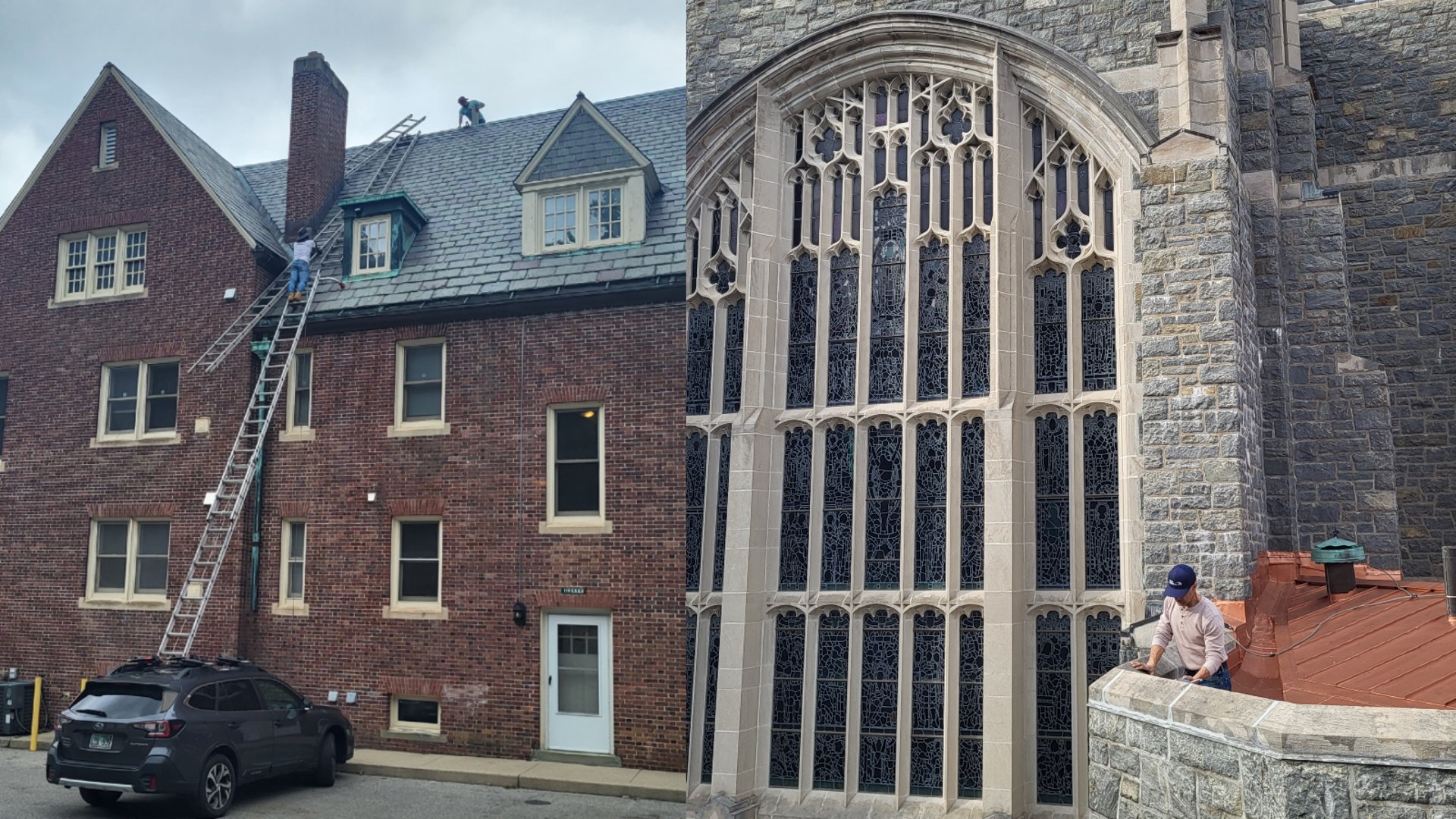

About West Point
As the nation’s first military academy, West Point prepares young men and women to become officers in the U.S. Army. Cadets attend the academy for four years, graduating with a Bachelor of Science degree and a commission as a second lieutenant.
Traditional & Historic Roofing Systems
Westpoint Projects
Historic roofing refers to the traditional materials and techniques used to cover buildings throughout history. These methods have evolved over centuries, reflecting advancements in technology, cultural preferences, and regional availability of materials.
Common Historic Roofing Materials:
Thatch: One of the oldest roofing materials, thatch is made from dried plant materials like straw, reed, or palm leaves. It offers excellent insulation but is highly flammable and requires regular maintenance.
Wood Shingles: Wooden shingles, often made from cedar or pine, were widely used in North America. They provide a natural, rustic look but are susceptible to rot, insect damage, and fire.
Clay Tiles: Clay tiles, fired in kilns, offer durability and fire resistance. They come in various shapes and colors, allowing for diverse architectural styles.
Slate: Slate is a natural stone known for its longevity and weather resistance. It's often used on high-end buildings and historic structures.
Metal: Metal roofs, typically made of copper, lead, or tin, are durable and weather-resistant. They can be quite expensive but offer a classic, elegant appearance.
Thatch: A more recent development, asphalt shingles are affordable and widely available. They come in various styles and colors, but their lifespan is shorter compared to traditional materials.
Historic Roofing Techniques:
Thatching: Involves carefully layering thatch materials to create a watertight and insulating roof.
Shingling: Shingles are overlapped and nailed to the roof deck, creating a protective layer.
Tile Laying: Tiles are interlocked and secured to the roof structure, often using mortar.
Metal Roofing: Metal sheets are formed into various shapes and fastened to the roof.
Preserving Historic Roofing:
Preserving historic roofing involves careful maintenance and restoration techniques. This may include:
Regular inspections: Identifying and addressing issues like leaks, damaged tiles, or loose shingles.
Cleaning: Removing dirt, moss, and other debris to prevent damage and maintain appearance.
Repairs: Fixing damaged areas with compatible materials and techniques.
Re-roofing: Replacing worn-out materials with historically accurate alternatives.
By understanding the history and techniques of historic roofing, we can appreciate the craftsmanship and ingenuity of past builders and work to preserve these valuable architectural elements for future generations.
